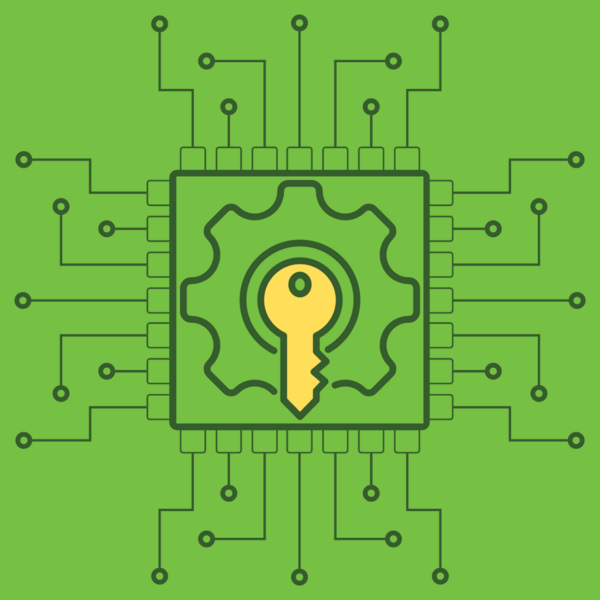Amazon Web Services (AWS) EC2 has the reputation of being a pricey option for cloud-based hosting and compute resources. Certainly, that was our initial impression here at Mugo Web years ago when we began standardizing our hosting and site management business on a single cloud platform.
However, we quickly discovered that AWS is actually quite affordable. In fact, our monthly costs for a virtual machine using 8GB of RAM, at 100% usage, is predictably lower with AWS than with other virtualized or traditional data centers. That’s without aggressively tuning our resource usage, which is often the focus of how to optimize AWS pricing.
In this post, I’ll show you how AWS can be a cost-effective option for professionally managed websites. I’ll also take a quick look at some of the additional savings tactics you can employ to get more value from your decision to run on AWS.

In this blog post I am going to talk about several security best practices, particularly for configuring AWS Access Keys. Some of these practices are based on a project that we inherited which was compromised by hackers. Best practices are often learned from mistakes; and when the mistakes are someone else's, so much the better!
Monitoring your web infrastructure is key for several reasons. It enables you to gain insights into the performance and health of your resources, identify potential issues, and make informed decisions for optimization. AWS offers a comprehensive monitoring solution through Amazon CloudWatch, which provides built-in metrics and the flexibility to create custom metrics. However, while comprehensive, the free monitoring options available still might not always meet your needs, and upgrading to the next level of configuration might be overkill and drive up your hosting costs. Auditing and customizing your CloudWatch infrastructure is a great way to get the metrics you desire and save money along the way.